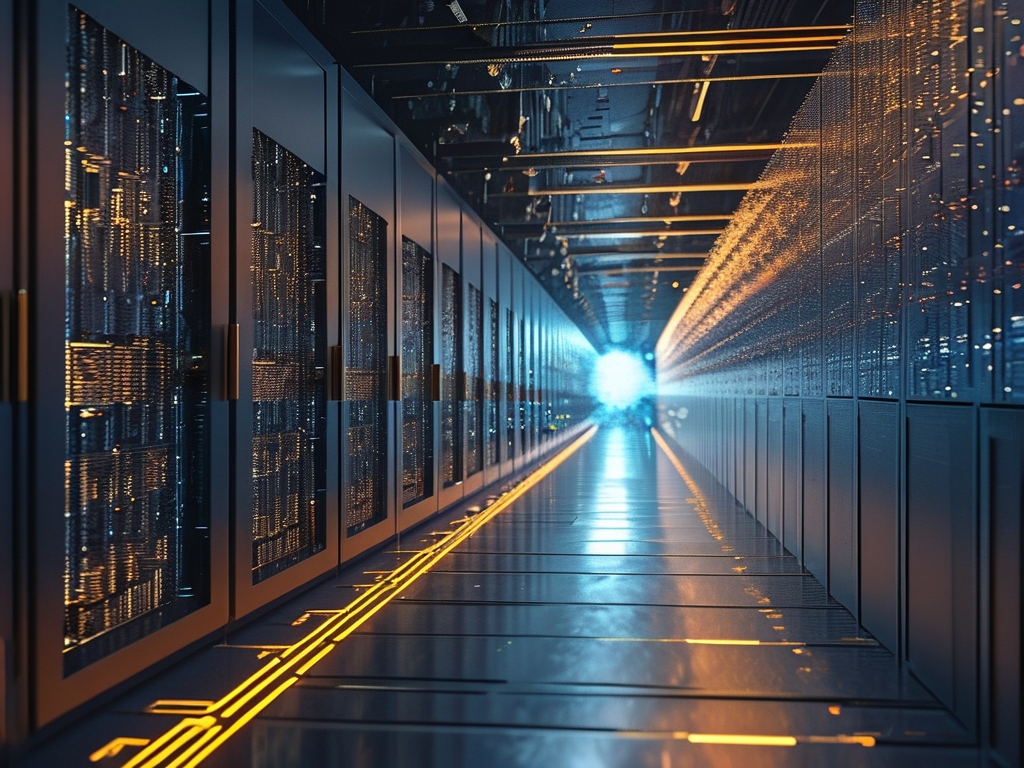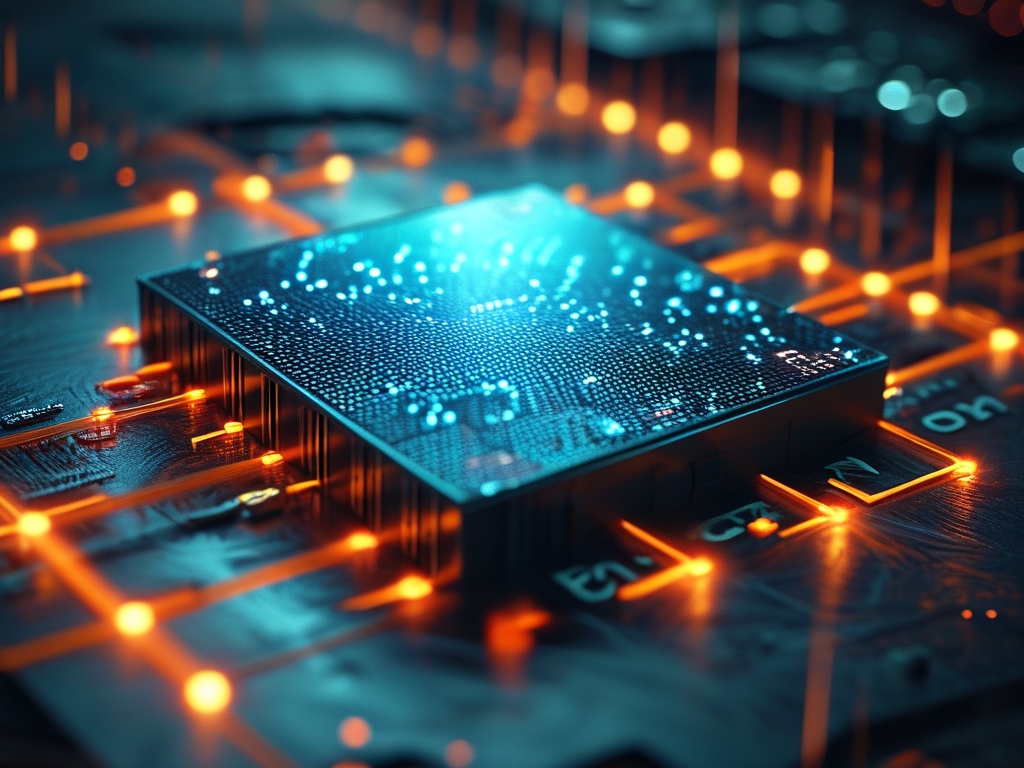Quantum computing has emerged as one of the most revolutionary technologies of the 21st century, promising to solve problems that classical computers find intractable. A common question among enthusiasts and researchers alike is: How much memory do quantum computers actually have? The answer, however, isn’t as straightforward as it might seem, primarily because quantum memory operates under fundamentally different principles compared to classical systems.

The Concept of Quantum Memory
In classical computing, memory is measured in bytes, kilobytes, or terabytes—a linear system where each bit exists as either 0 or 1. Quantum memory, on the other hand, relies on qubits (quantum bits), which leverage superposition and entanglement to exist in multiple states simultaneously. This means a single qubit can represent more information than a classical bit, but translating this into a "memory size" requires rethinking traditional metrics.
For instance, a quantum computer with 50 qubits doesn’t equate to a 50-bit classical system. Due to superposition, 50 qubits can theoretically represent 2^50 (over 1 quadrillion) states at once. This exponential scaling suggests that even small-scale quantum systems could outperform classical supercomputers for specific tasks. However, this doesn’t translate directly to “memory capacity” in the classical sense, as qubits are transient and require precise environmental control to maintain coherence.
Current Quantum Memory Benchmarks
Today’s most advanced quantum computers, such as IBM’s 433-qubit Osprey processor or Google’s 72-qubit Bristlecone, highlight progress in qubit count. Yet, these numbers don’t reflect usable memory in a traditional way. Unlike classical RAM, which stores data persistently, quantum memory is task-specific and short-lived. Qubits lose their state within microseconds due to decoherence, making sustained data storage impractical with current technology.
Researchers are exploring hybrid models to bridge this gap. For example, quantum random access memory (qRAM) aims to link classical and quantum systems, enabling efficient data retrieval for quantum algorithms. A 2023 study by MIT proposed a qRAM architecture that could theoretically access 2^n classical data entries using just n qubits—a leap in efficiency. However, practical implementations remain experimental.
Challenges in Scaling Quantum Memory
The primary hurdle for expanding quantum memory isn’t just adding more qubits but improving their quality. Error rates, coherence time, and interconnectivity all play critical roles. High error rates in current qubits necessitate error-correction protocols, which consume additional qubits. For instance, achieving a single logical qubit (a stable, error-corrected unit) might require hundreds of physical qubits. This overhead drastically reduces the “effective memory” available for computation.
Moreover, quantum memory scalability is limited by hardware constraints. Superconducting qubits demand near-absolute-zero temperatures, while photonic qubits face photon loss issues. Companies like Rigetti and IonQ are experimenting with alternative architectures, such as trapped ions or silicon-based qubits, to address these challenges.
The Future of Quantum Memory
Experts predict that breakthroughs in materials science and error mitigation could unlock more robust quantum memory systems. For example, topological qubits—hypothetical particles resistant to environmental noise—might revolutionize stability. Microsoft’s Station Q lab is actively researching this approach, though commercial viability remains years away.
Another avenue is quantum cloud integration. Platforms like Amazon Braket or Azure Quantum already allow users to access quantum processors remotely, blending classical and quantum resources. Over time, such hybrid frameworks could abstract memory limitations, enabling developers to focus on algorithms rather than hardware constraints.
Quantifying quantum memory in classical terms is a flawed exercise, as the two paradigms operate on divergent principles. While a 100-qubit system might theoretically hold 2^100 states, practical applications are constrained by decoherence, error rates, and hardware limitations. For now, quantum memory remains a specialized tool optimized for specific tasks like cryptography or optimization problems. As the field matures, redefining “memory” to encompass quantum coherence and error-corrected capacity will be essential for meaningful comparisons.





